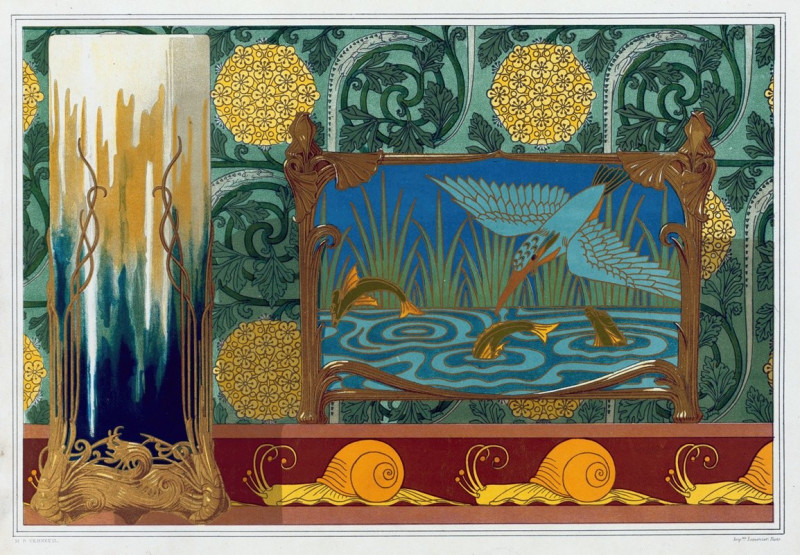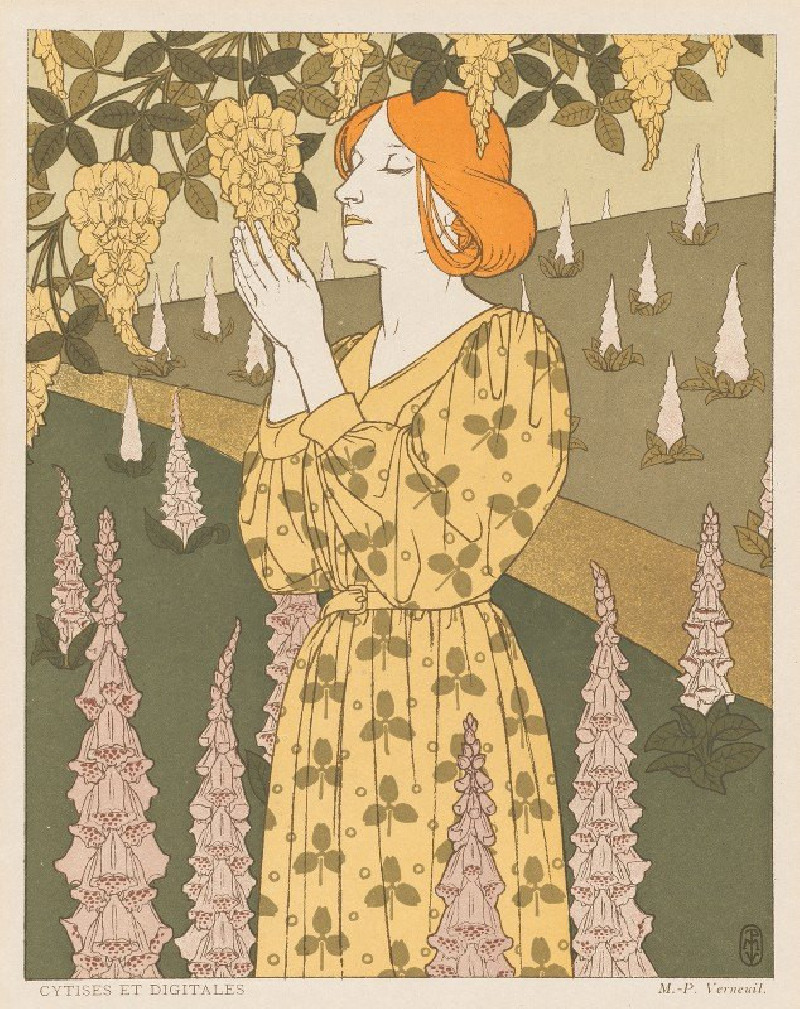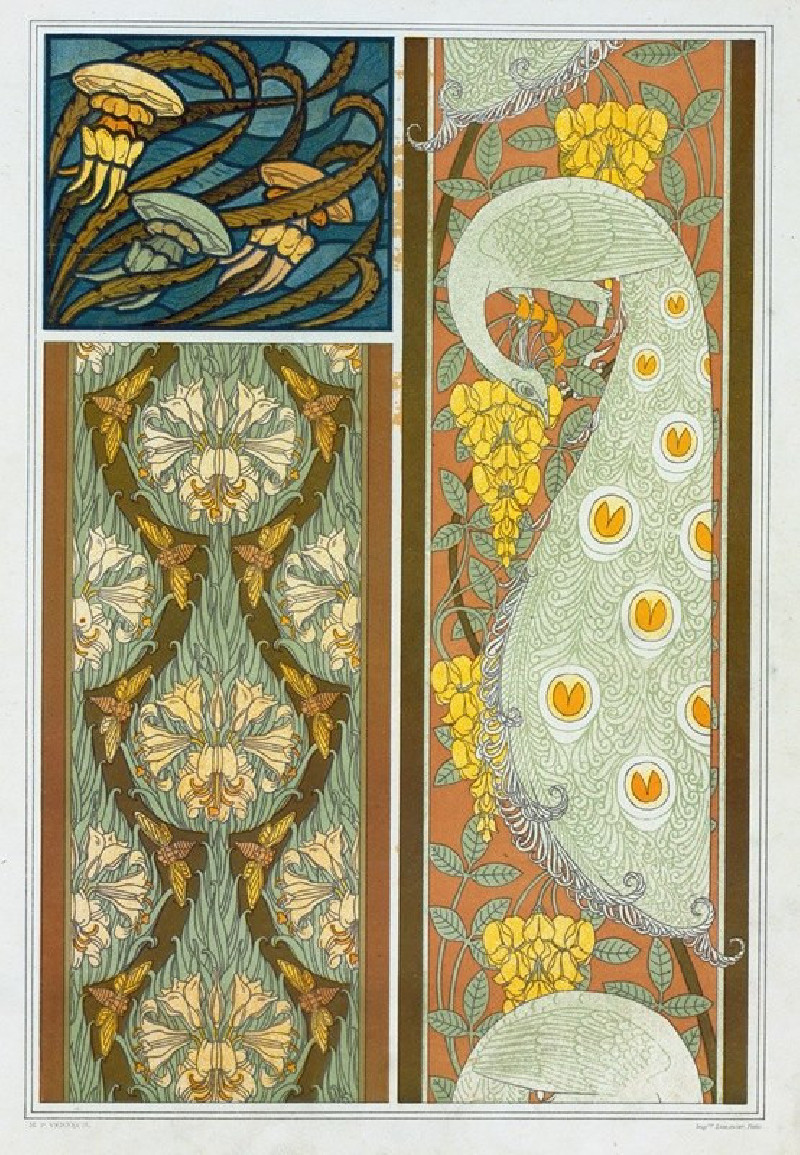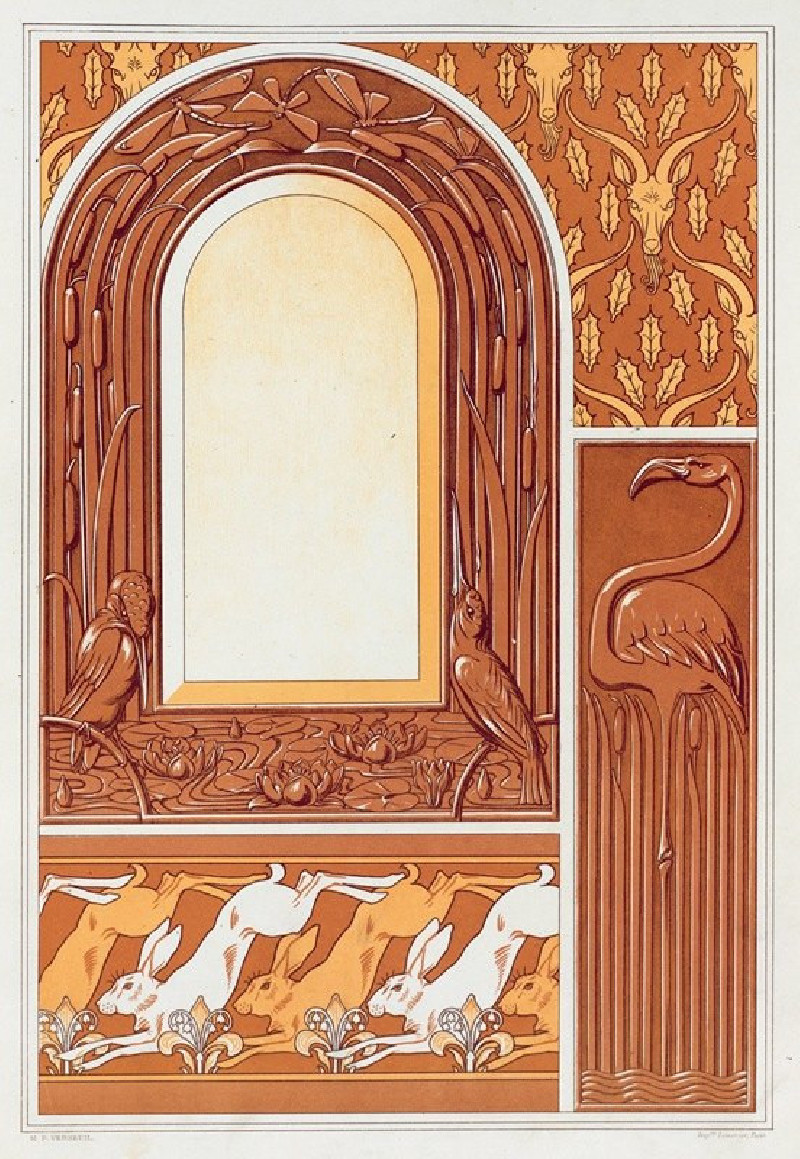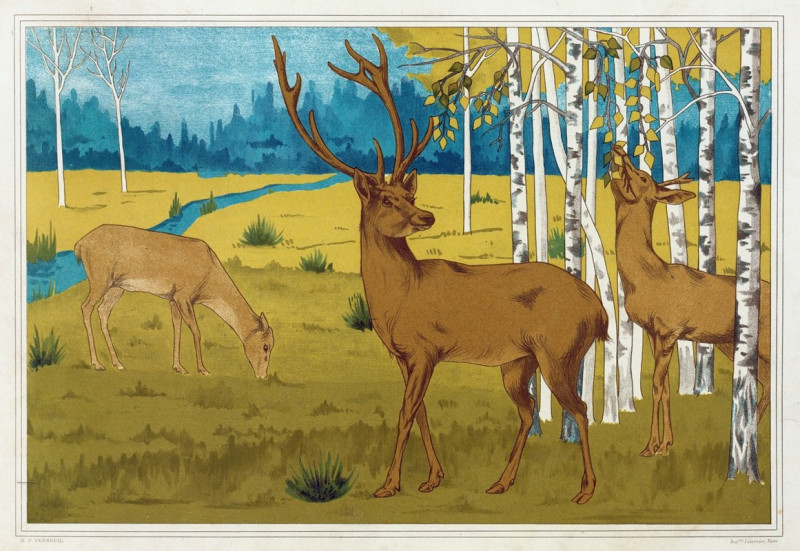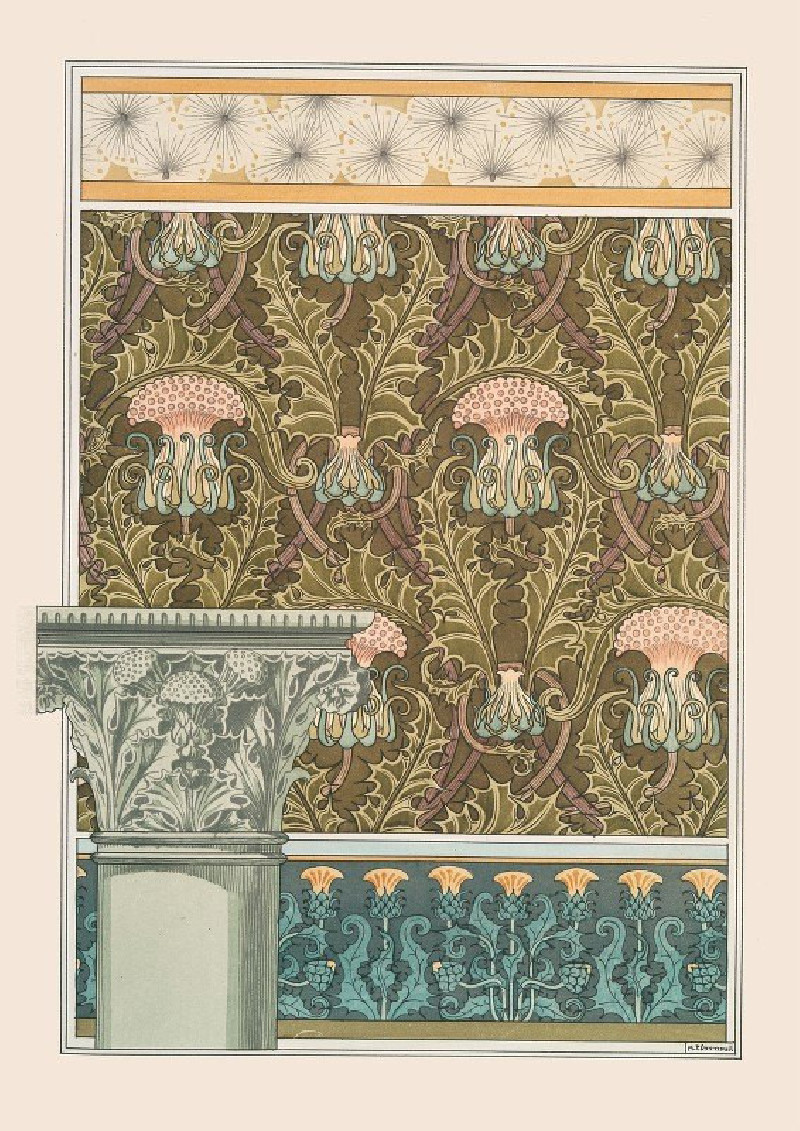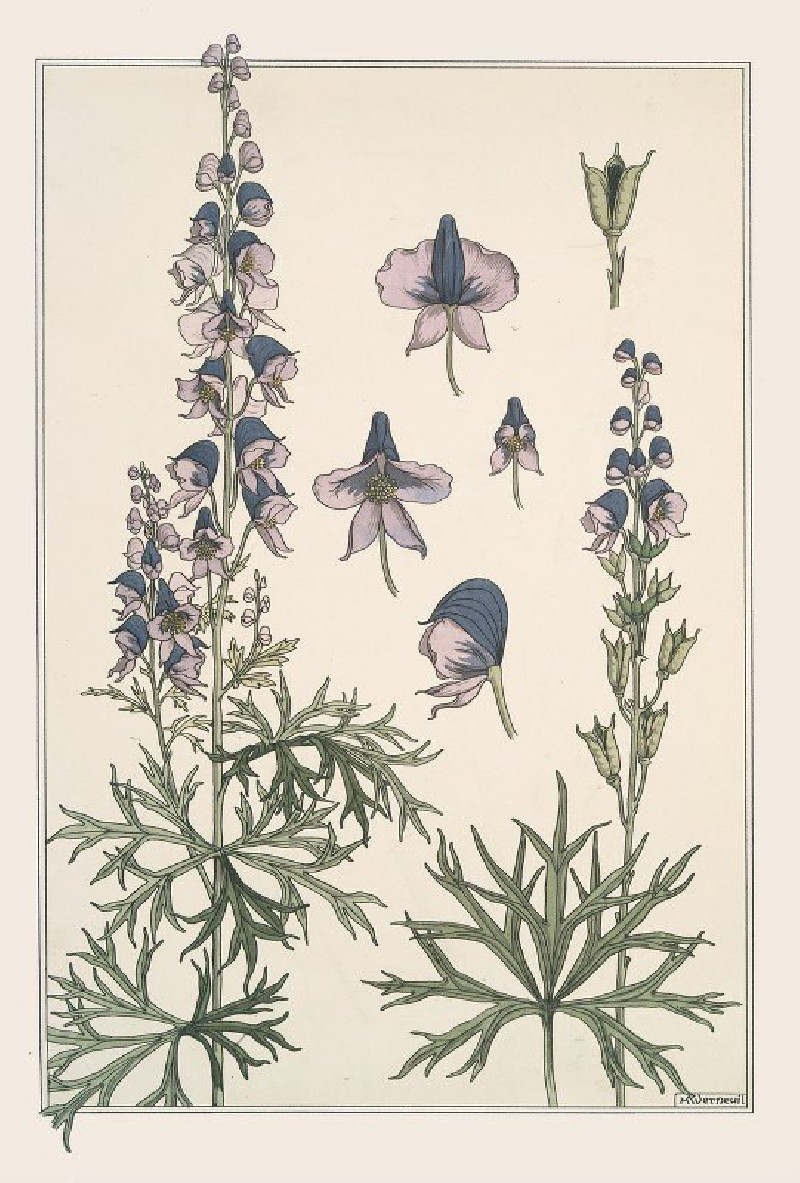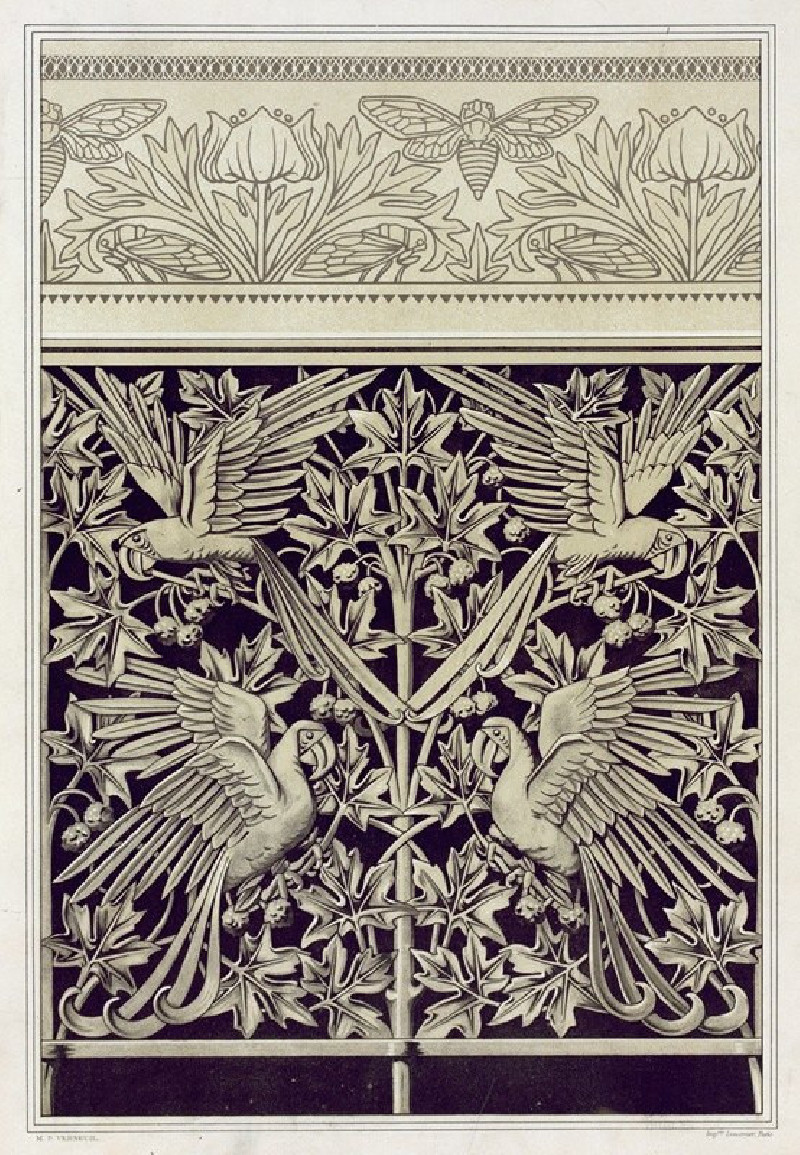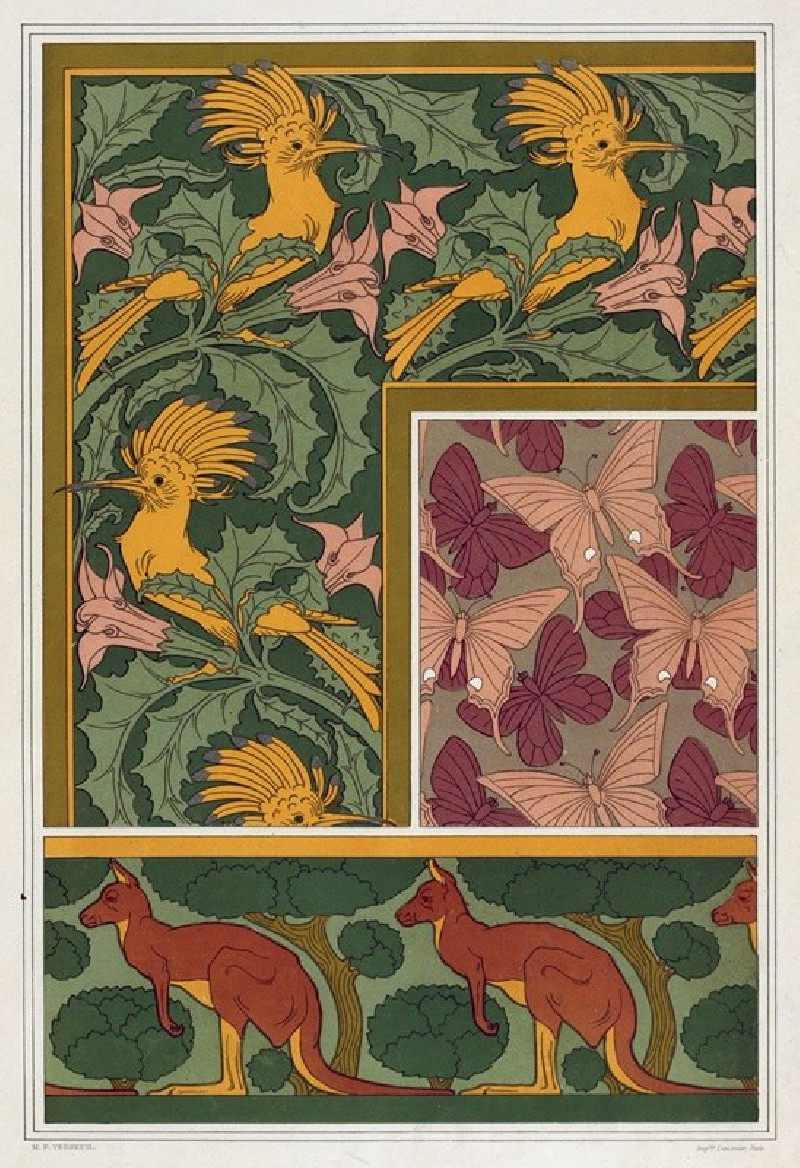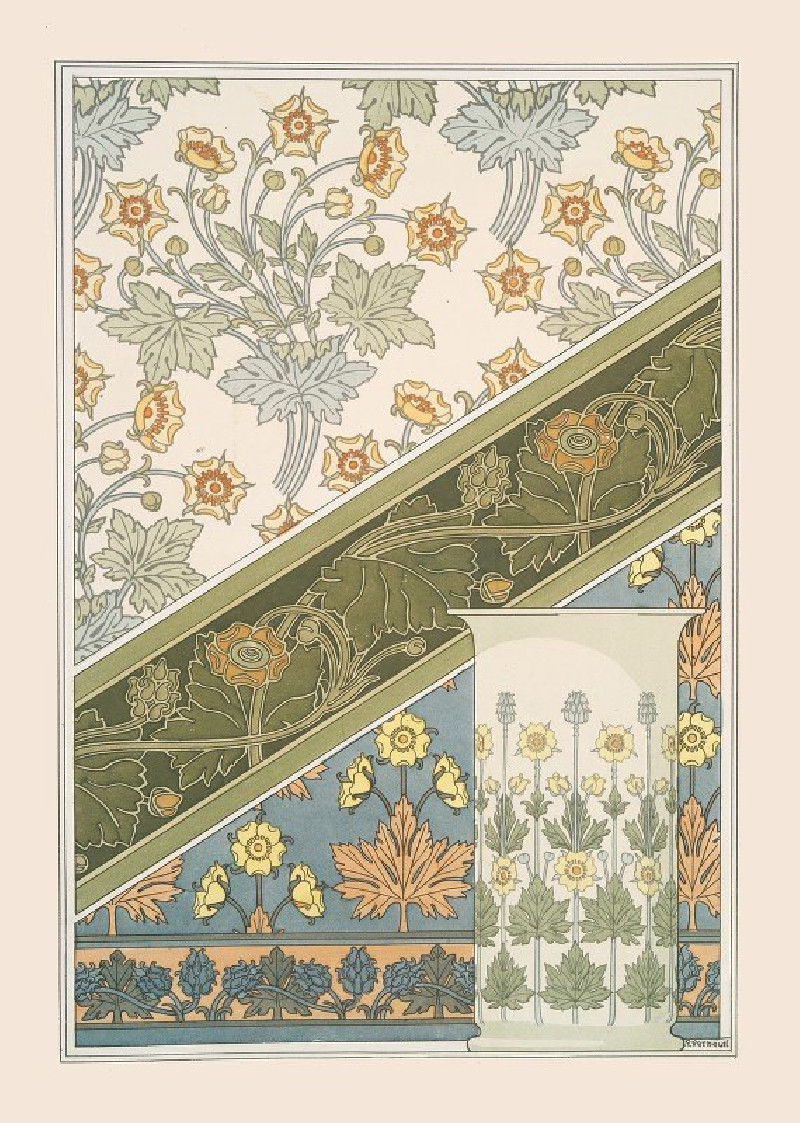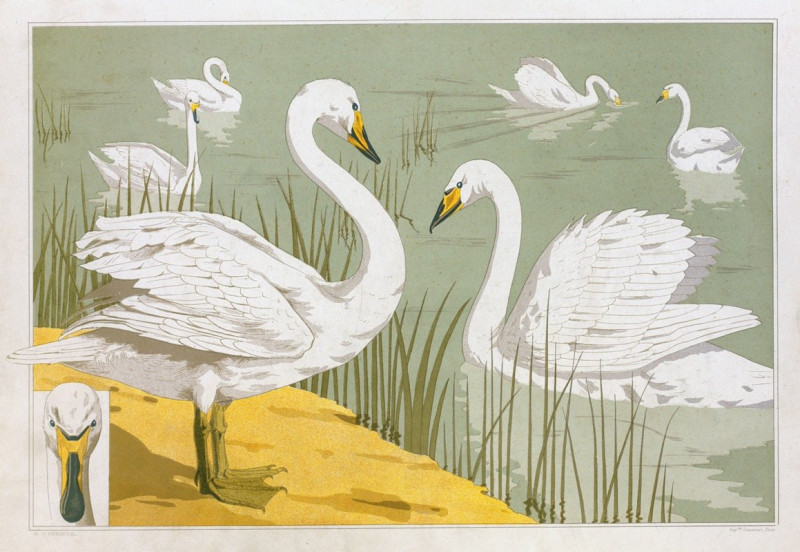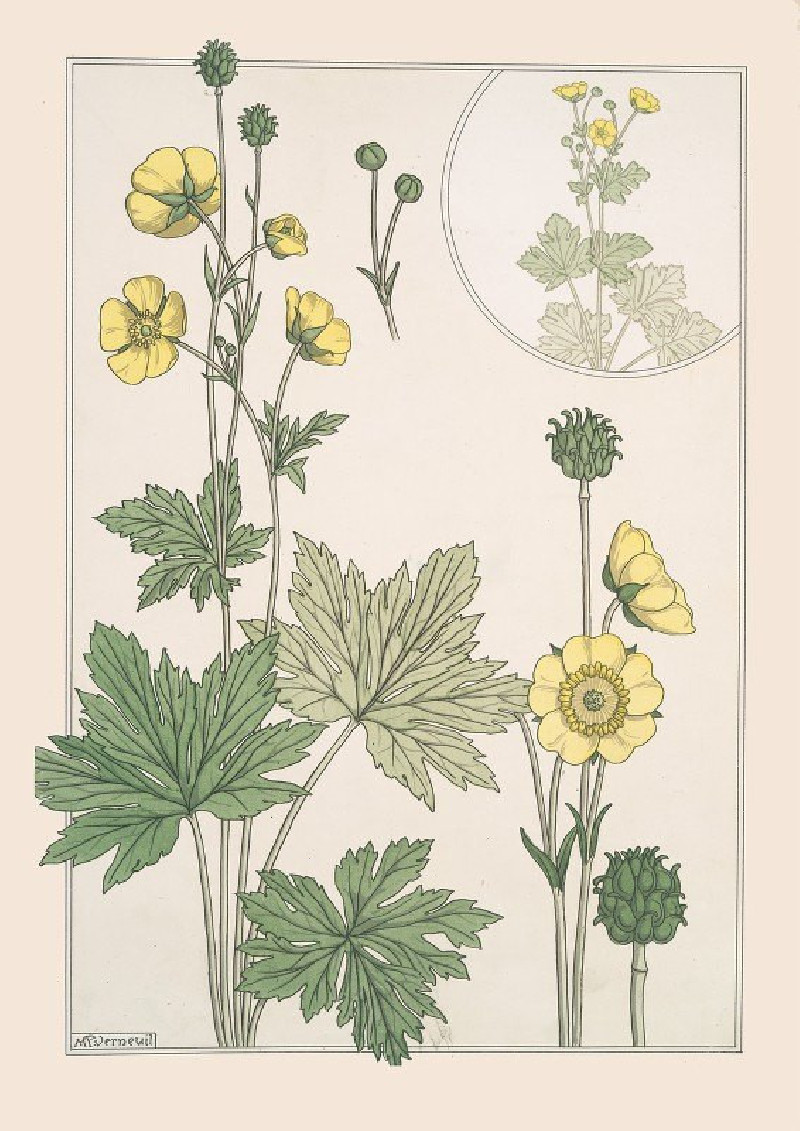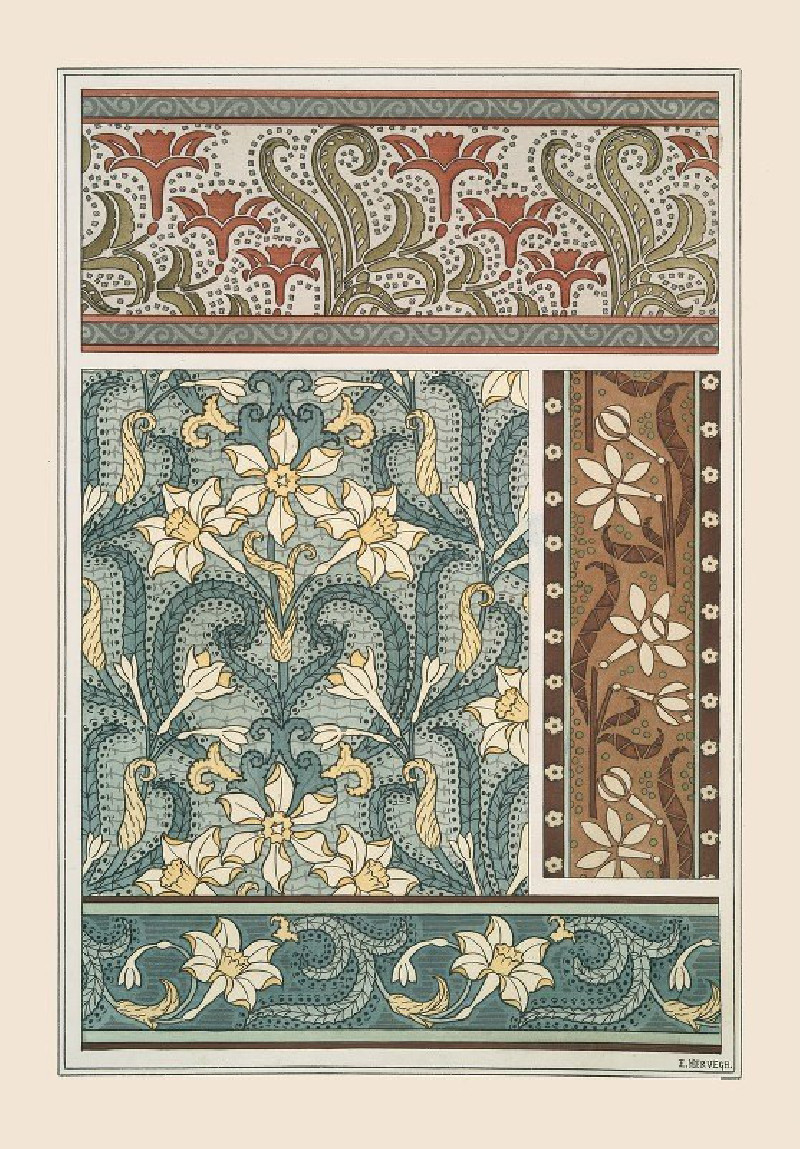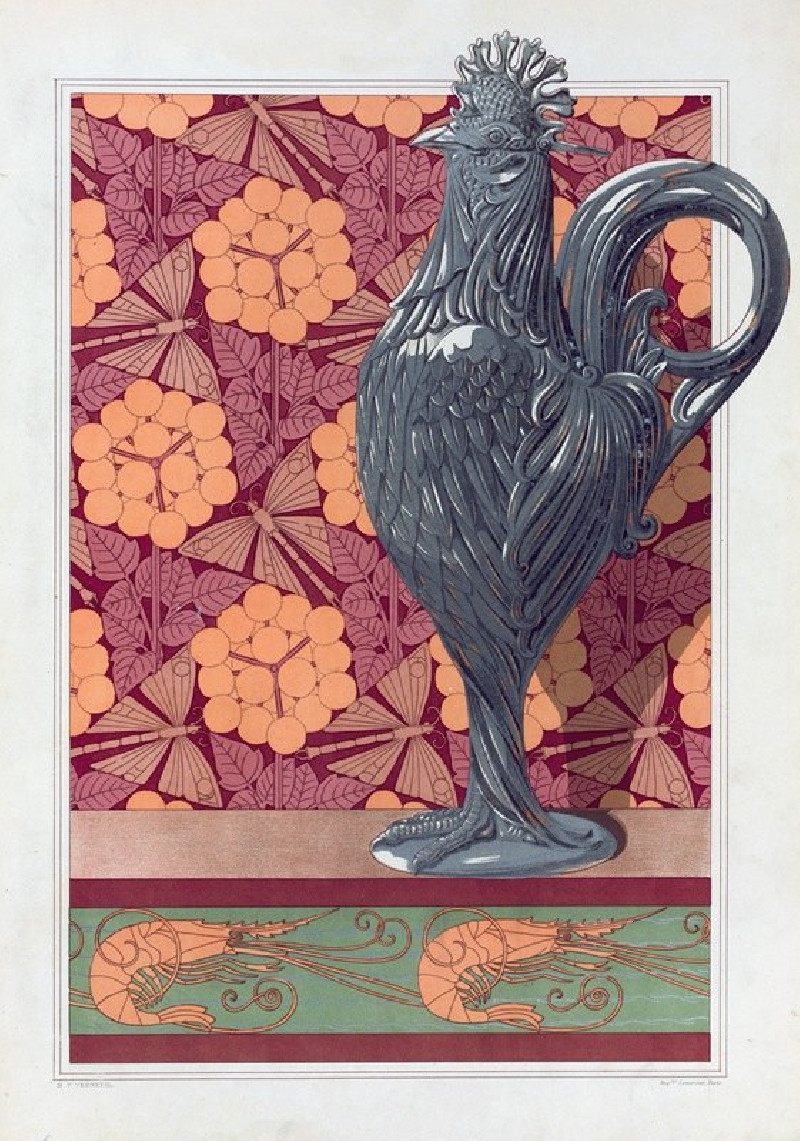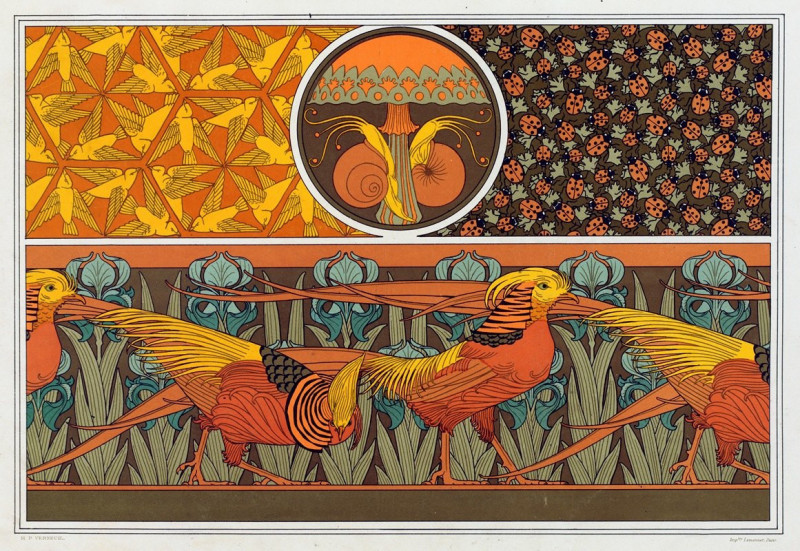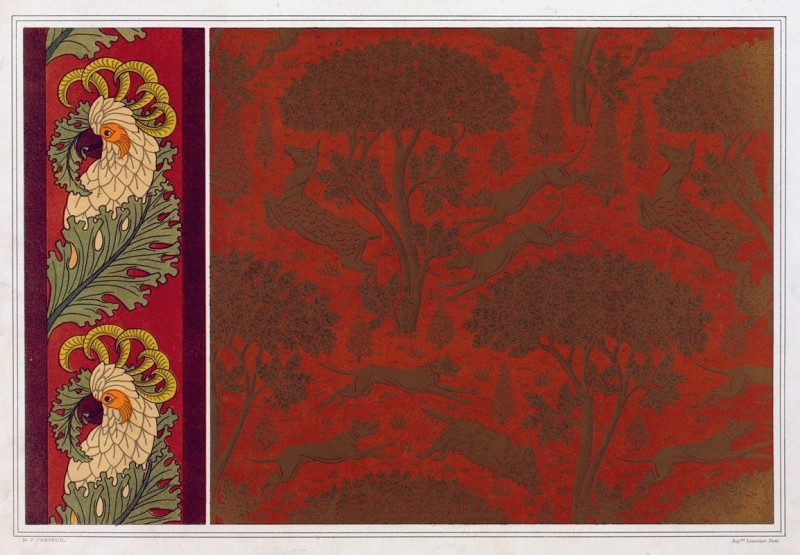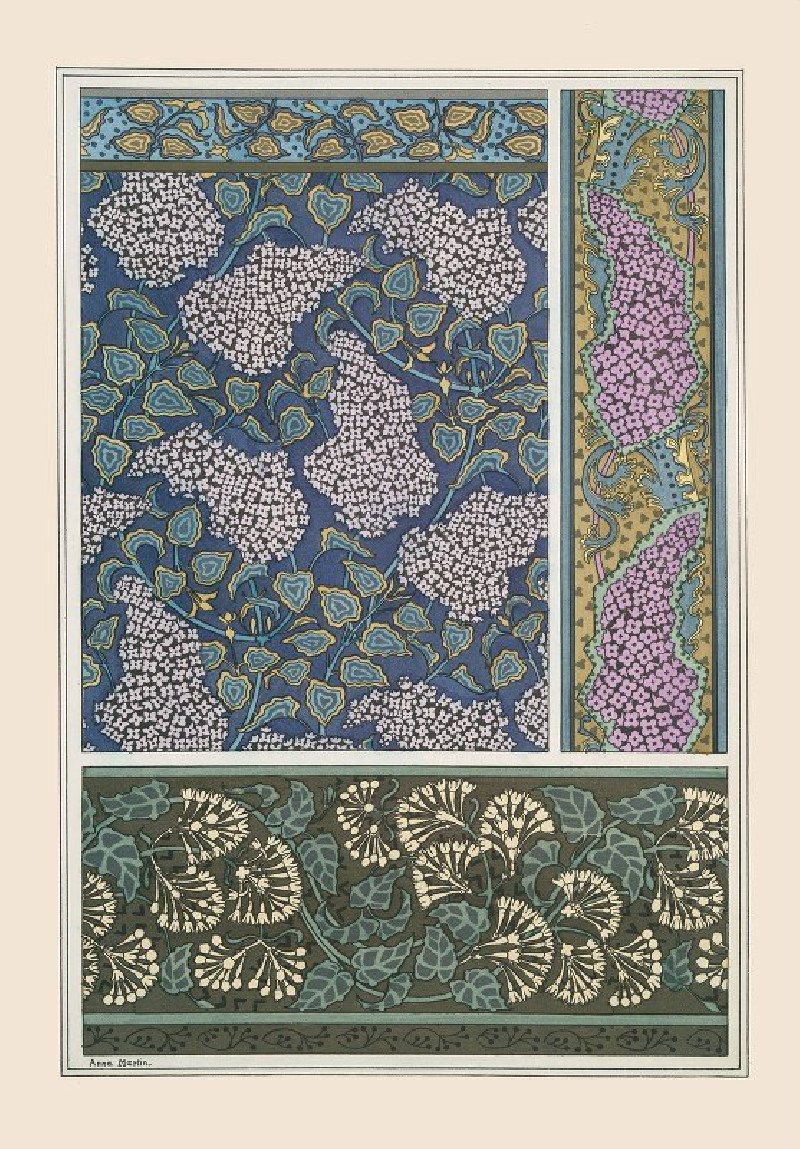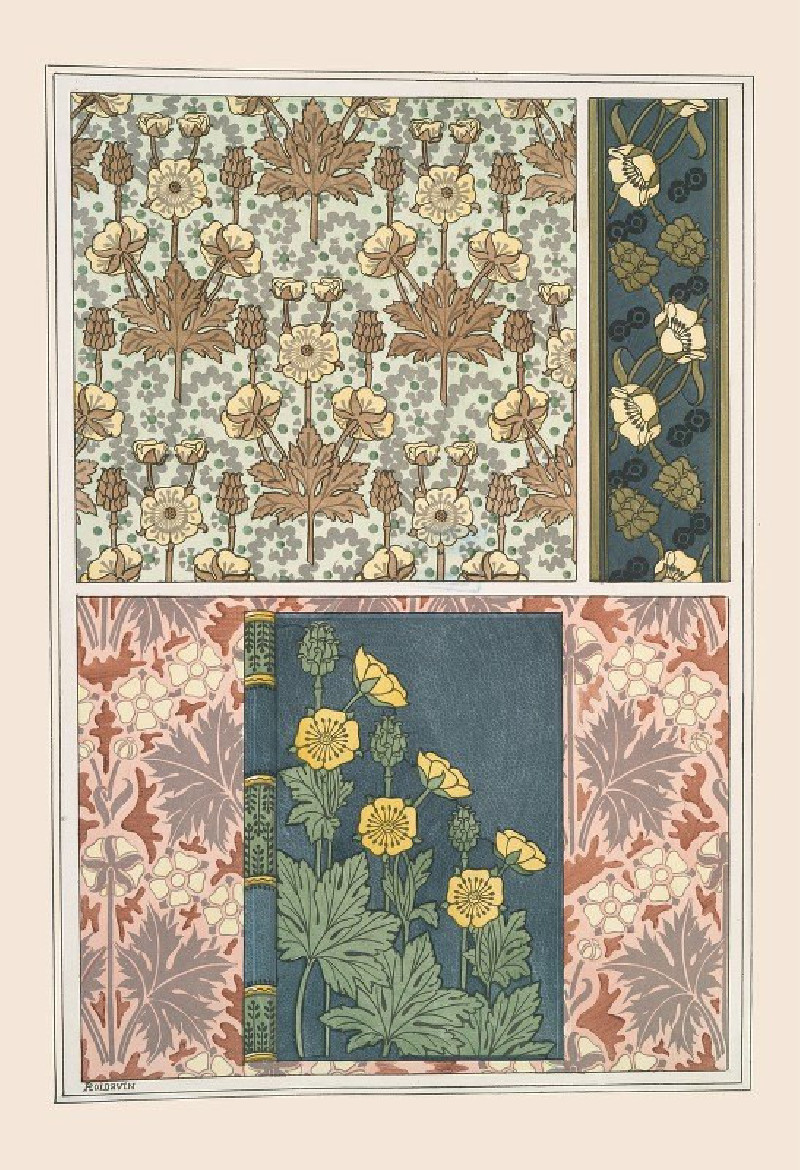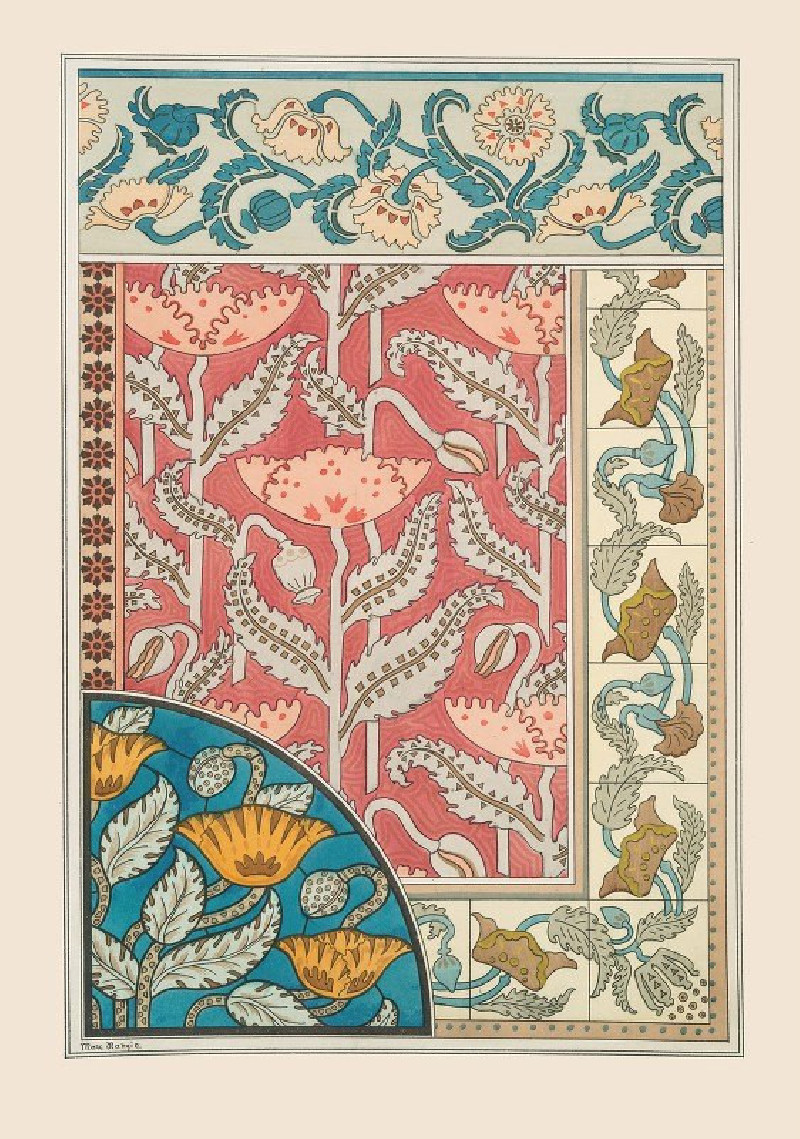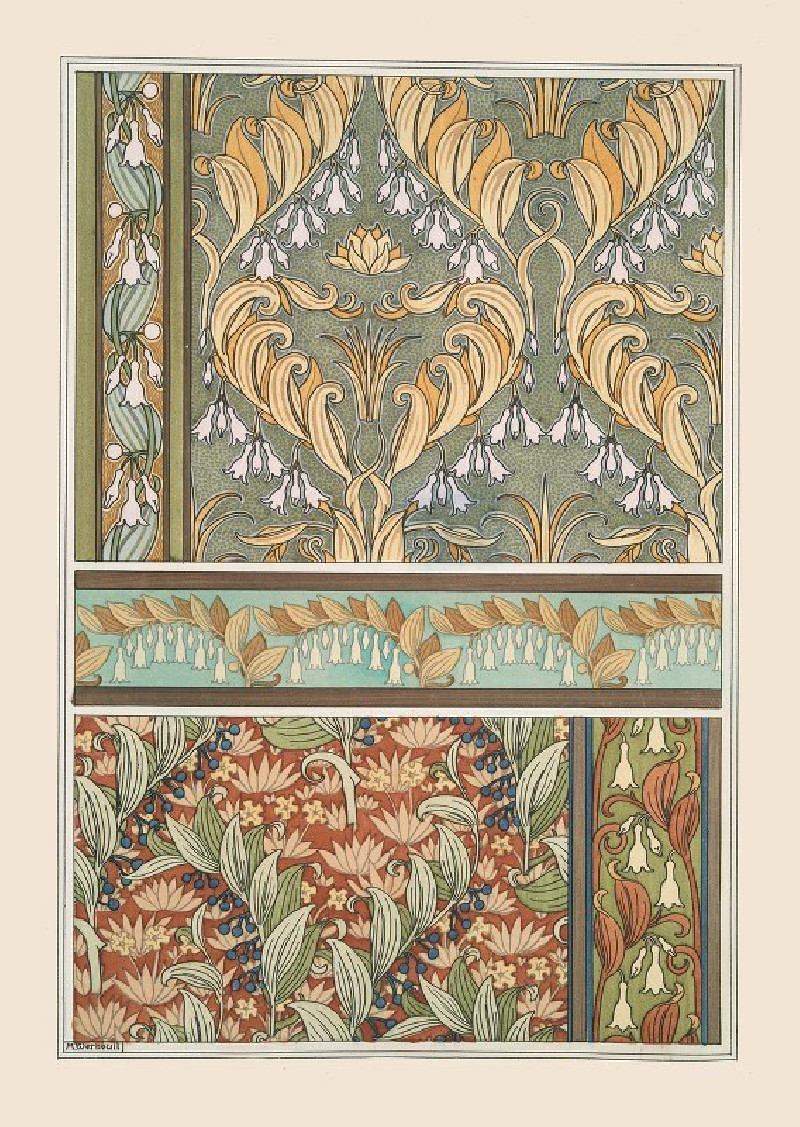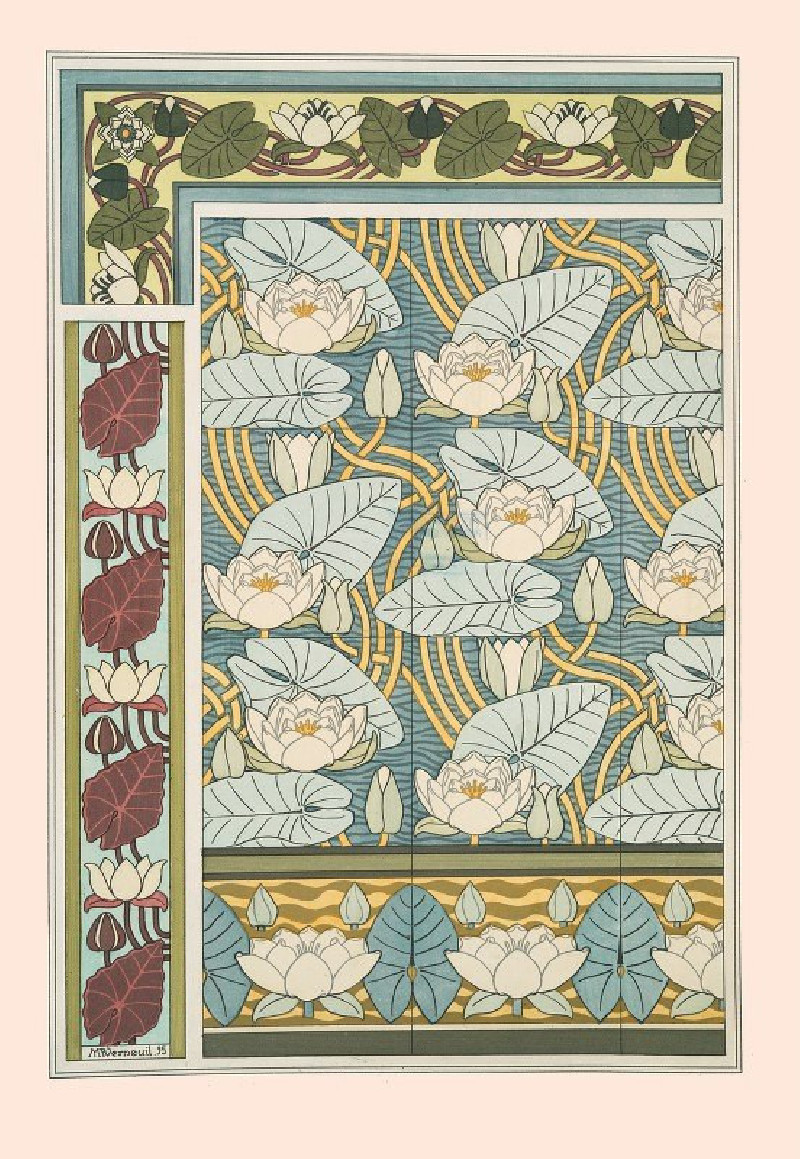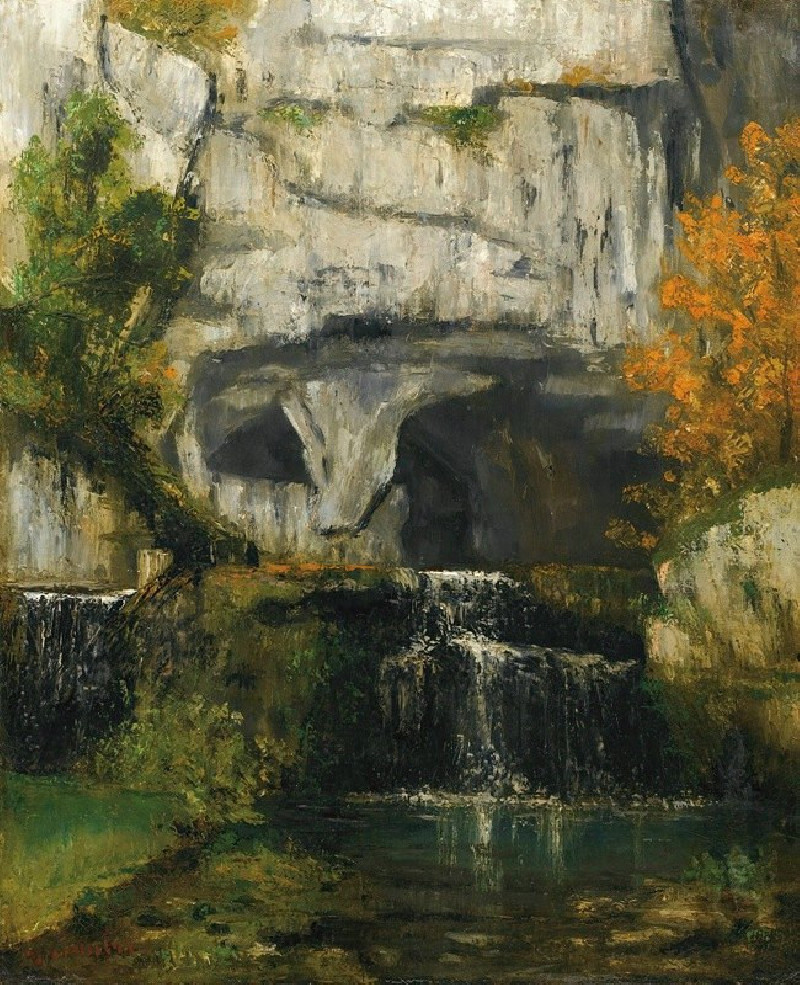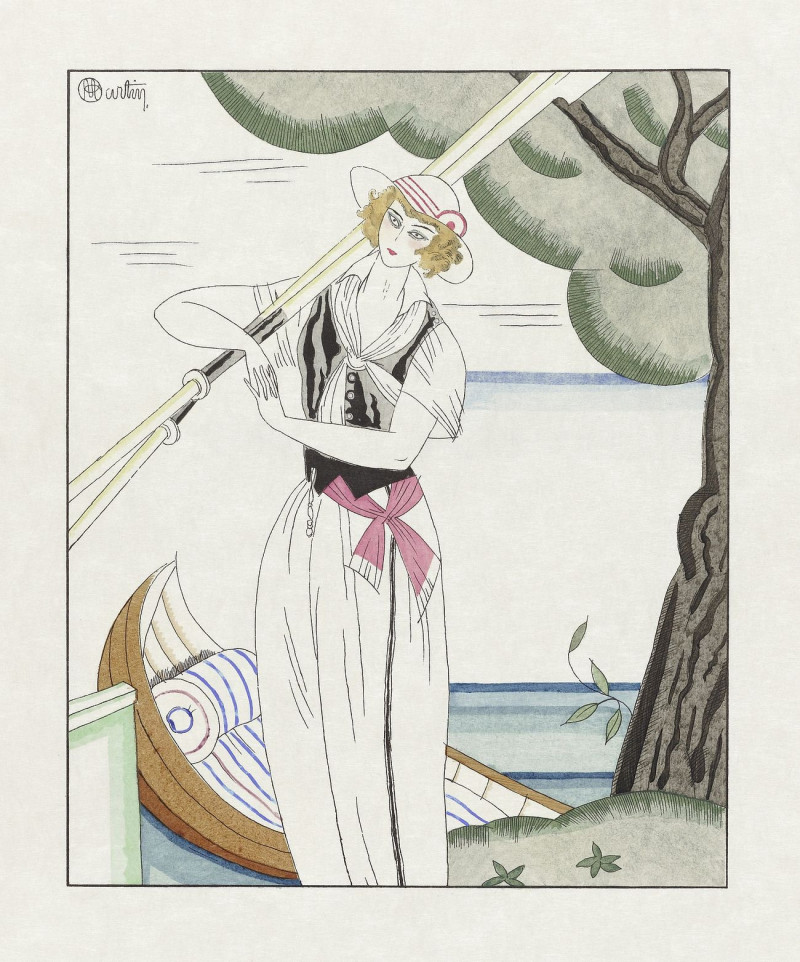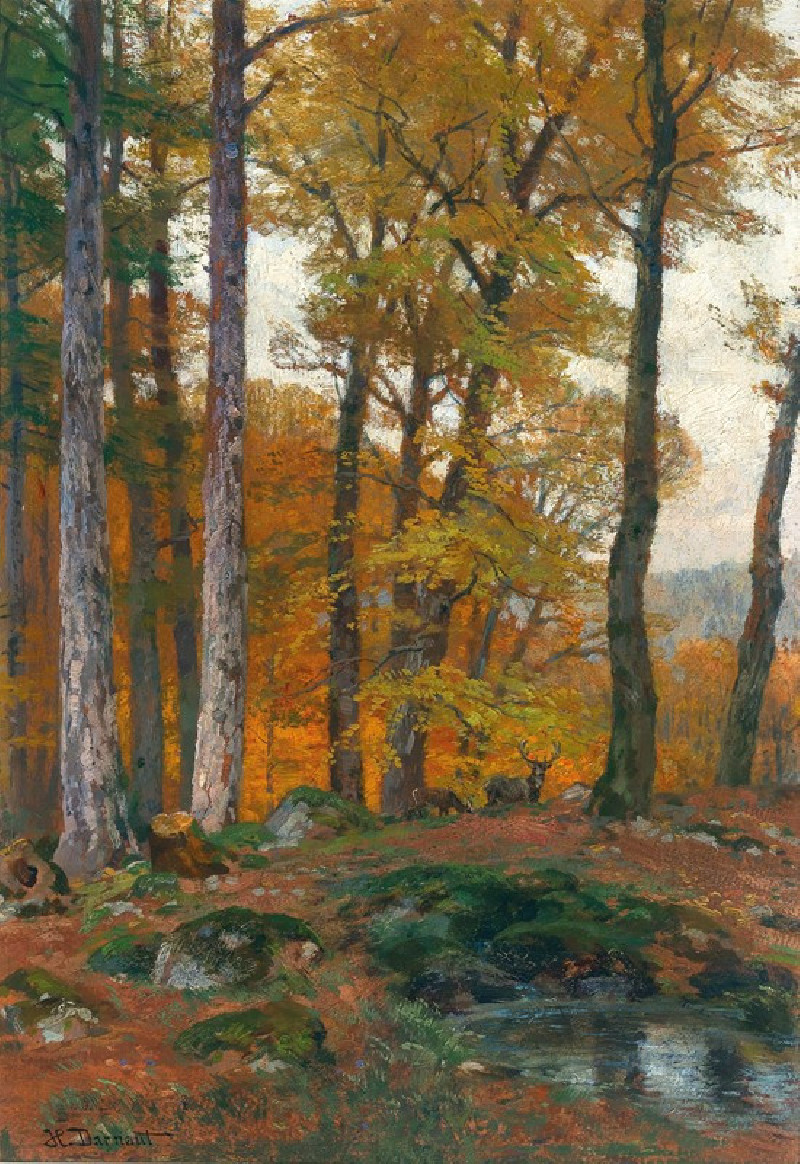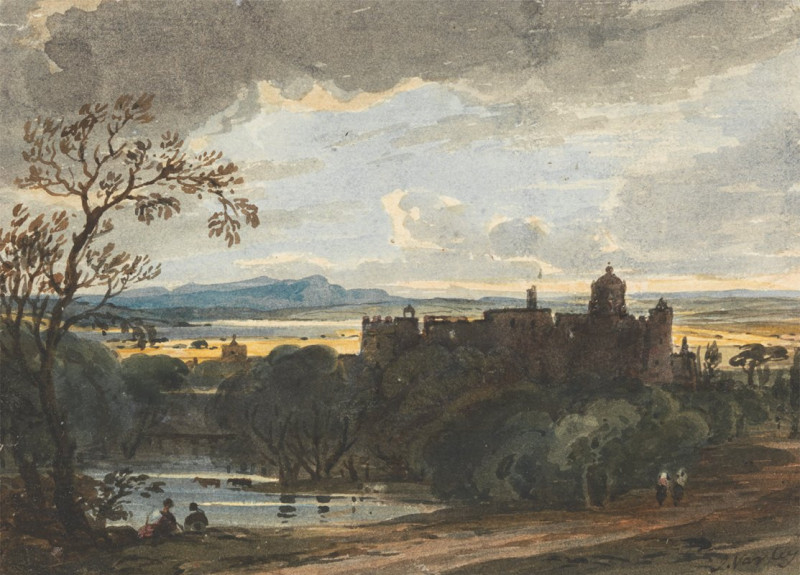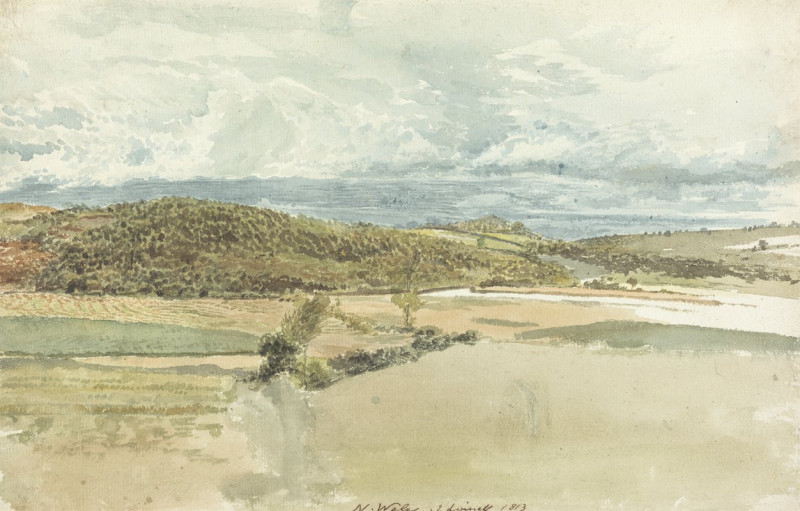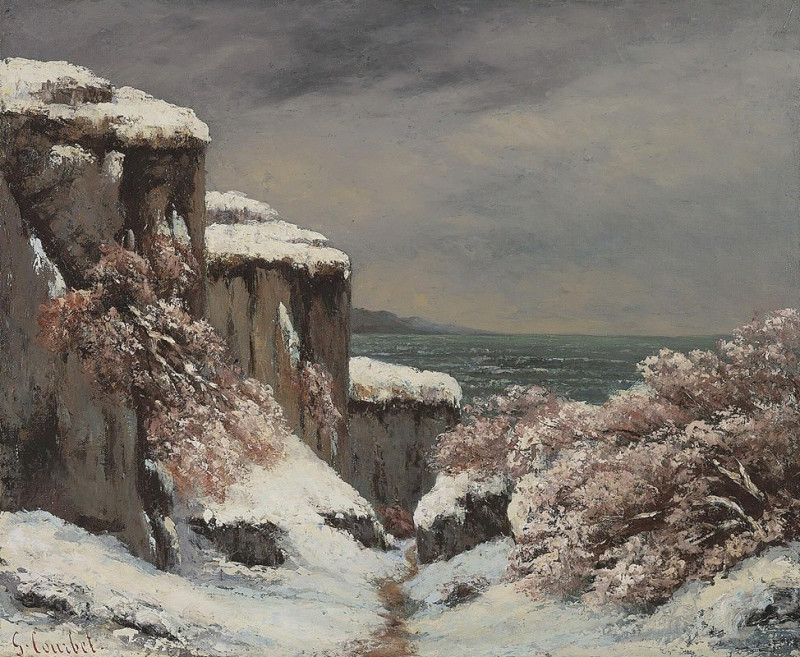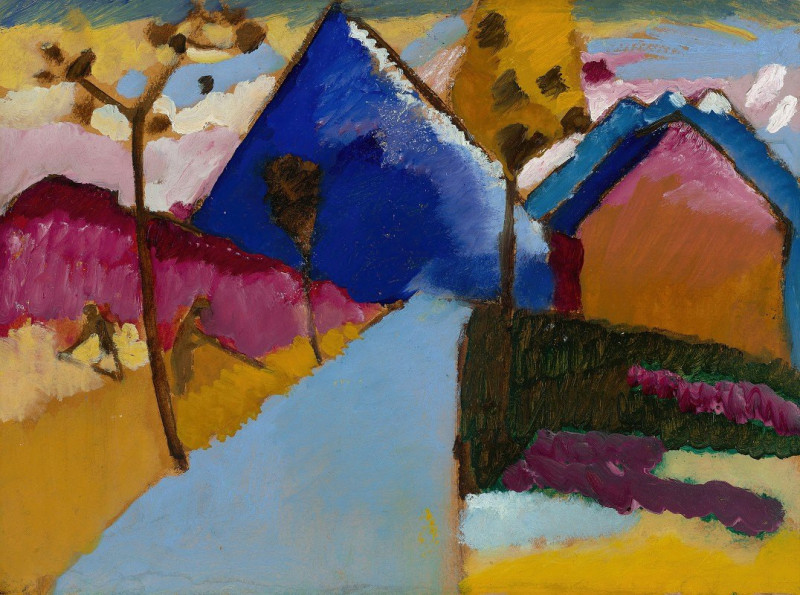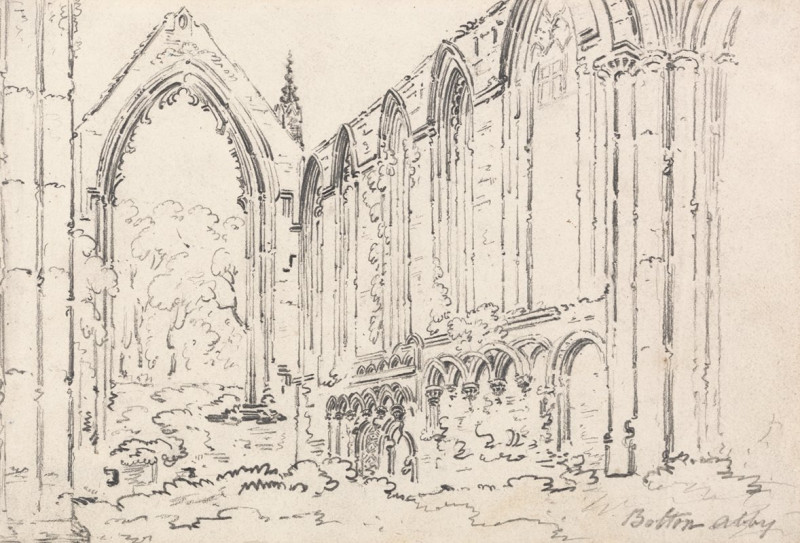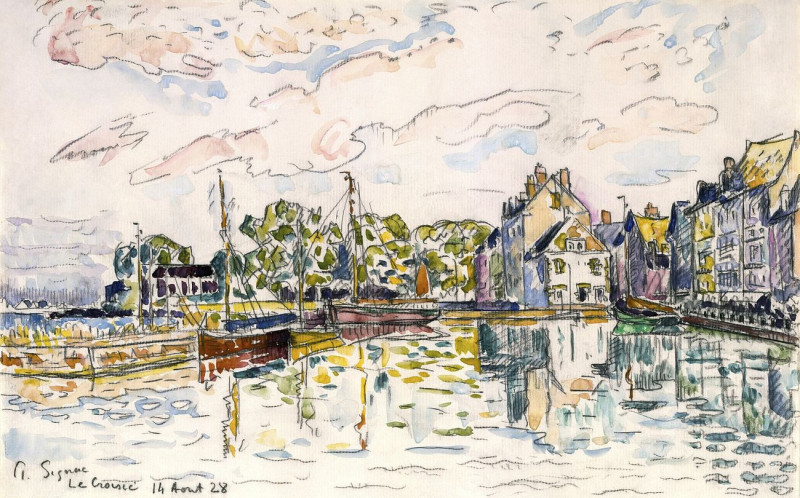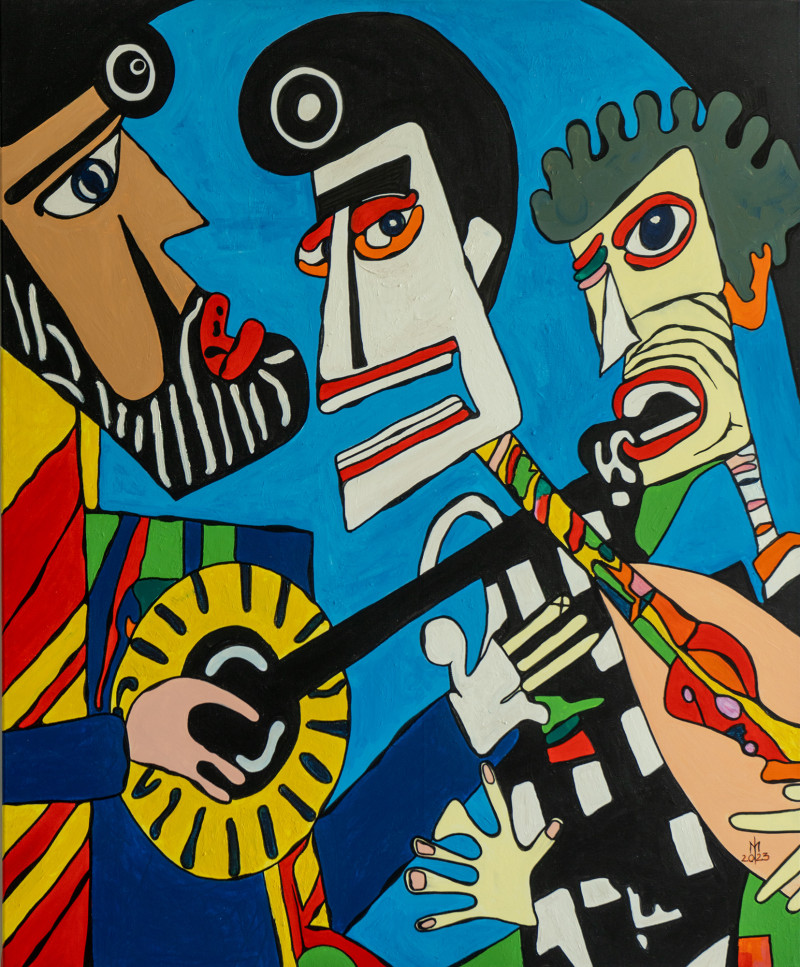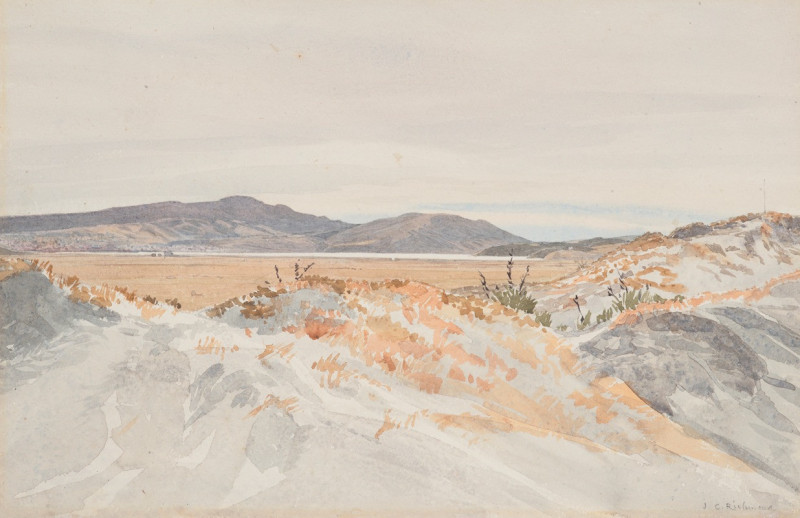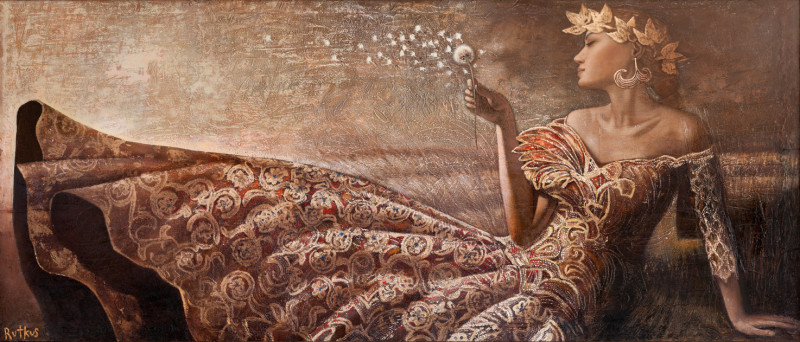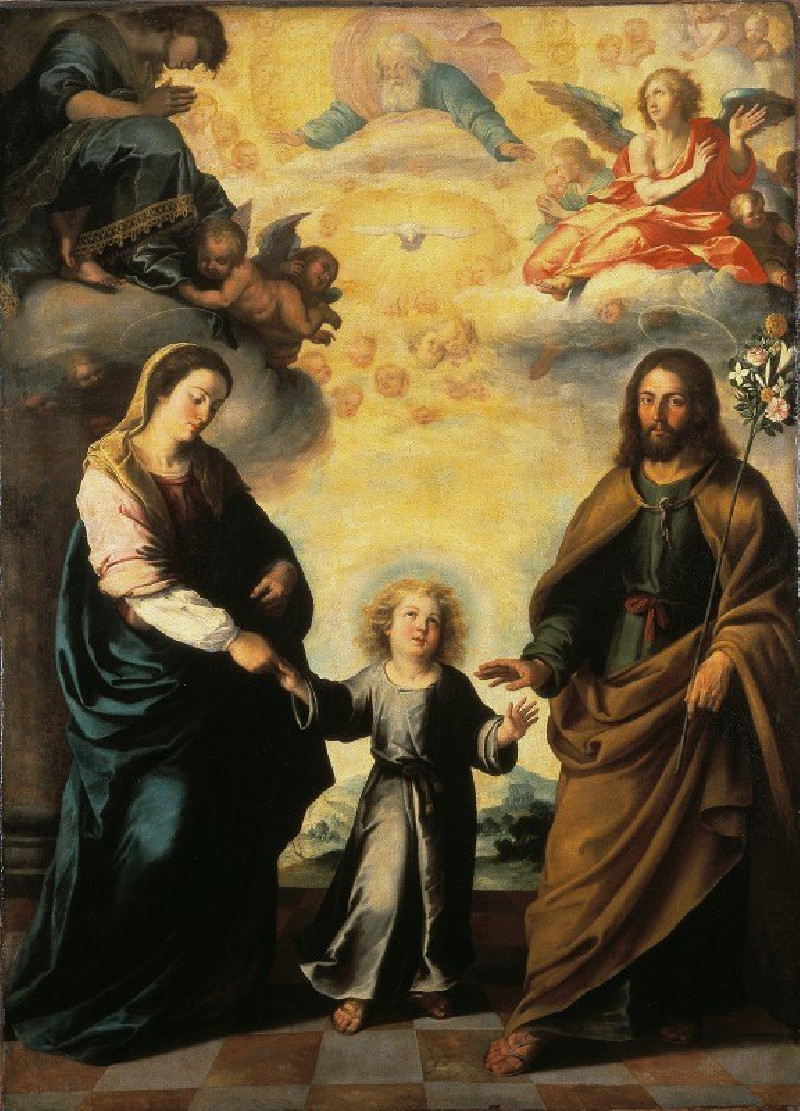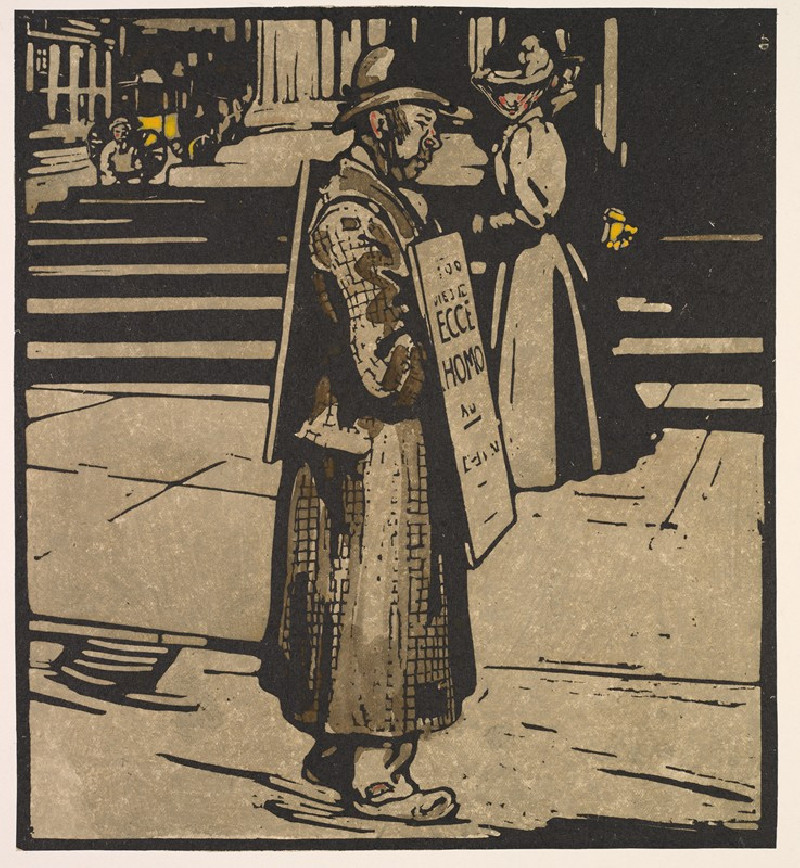Crevettes, support en bronze pour un vase. Martin-pêcheur et poissons, jardinière bronze et émail cloisonné. (1897)
Technique: Giclée quality print
Recommended by our customers
More about this artwork
Discover the enchanting world of Maurice Pillard Verneuil through his 1897 creation titled "Crevettes, support en bronze pour un vase. Martin-pêcheur et poissons, jardinière bronze et émail cloisonné." This beautifully intricate work of art exemplifies Verneuil's profound influence in the Art Nouveau movement, showcasing his penchant for nature-inspired themes and meticulous detail.In this painting, the viewer is drawn into a serene aquatic tableau framed by elaborate Art Nouveau styled borders. The central focus is a shimmering pond scene, vividly illustrated with a kingfisher in mid-flight, its striking blue and turquoise feathers a contrast against the swirling, stylized waters beneath. The pond is also inhabited by gracefully arched fish, all set against a backdrop of delicate water lilies and reeds, evoking a tranquil natural habitat.The surrounding design elements enhance the central imagery. A vertical vase on the left blooms with golden hues that melt into deep blues, symbolizing water and perhaps reflecting the life-giving essence of nature. The decorative borders are rich with ornamental motifs, including spiraling snails on a lush red ground, suggestive of the earth, and intricate, circular designs that echo the fullness of life.This artwork not only captures the natural elegance and fluidity characteristic of the Art Nouveau style but also serves as a poignant reminder of nature's interconnected beauty.
Delivery
Returns
Maurice Pillard Verneuil was a French artist and decorator in the Art nouveau movement. He was born in Saint-Quentin, France. Maurice Pillard Verneuil learned his trade from the Swiss designer Eugène Grasset. Maurice Pillard Verneuil then went on to become a well-known artist and designer. He was inspired by Japanese art and nature, particularly the sea. He is known for his contribution to the art deco movement and, in particular, his use of bold, floral designs in ceramic tiles, wallpapers and other furnishing textiles.

